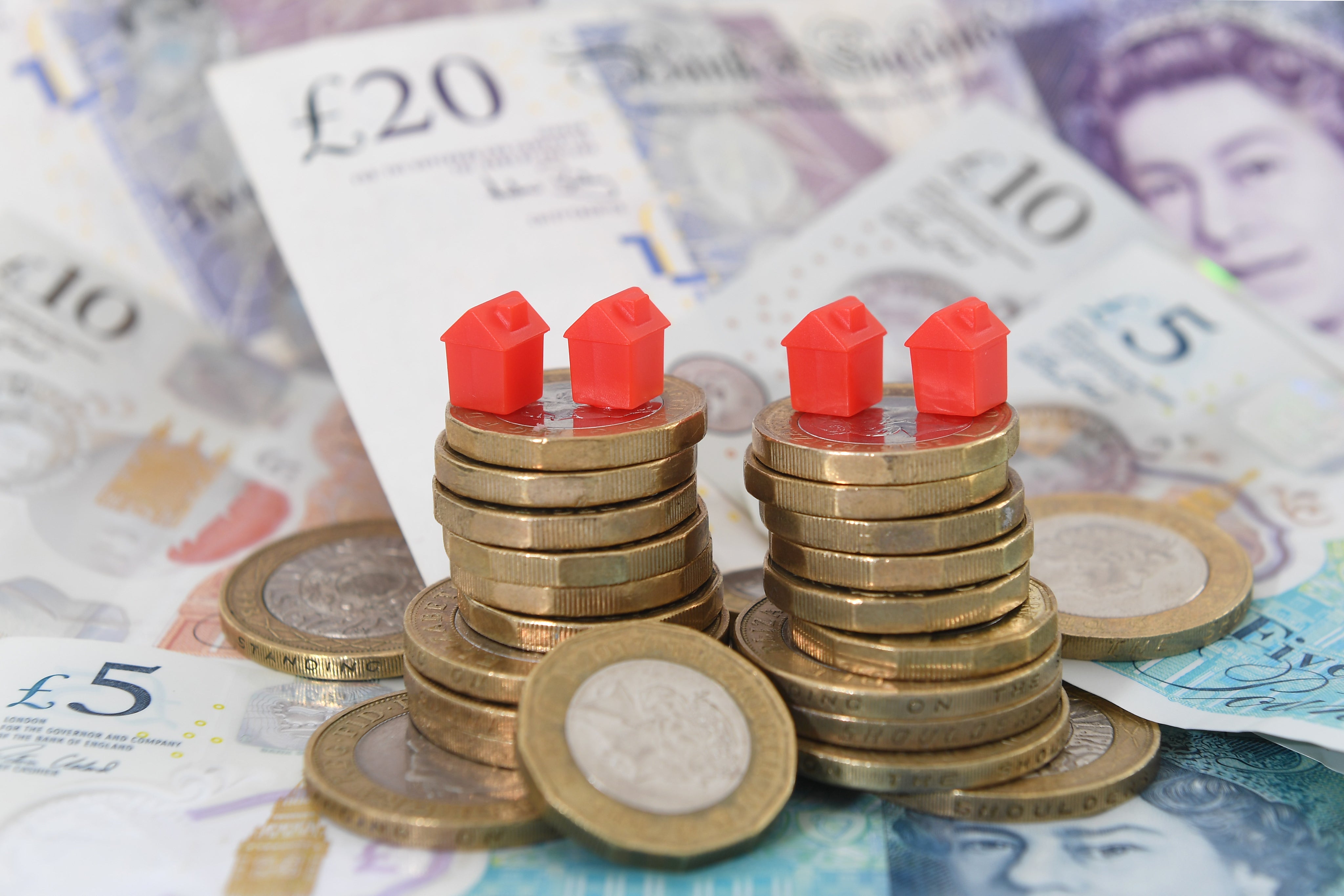Second homeowners are harming local communities and the planet
In addition to the climate impacts, owning a second home has damaging social consequences, writes Donnachadh McCarthy


It is harder for a rich holiday homeowner than a camel to get through the eye of the zero carbon needle.
In a recent speech in parliament, the Liberal Democrat MP Tim Farron equated the impact of rocketing second home ownership in Cumbria with the 19th century Scottish land clearances, when the aristocracy swept tenant farmers off their ancestral lands and replaced them with sheep. He said that whole towns and villages across his constituency were becoming second home ghost towns.
Farron’s speech brings the plethora of destructive impacts of second home ownership on communities, young people, nature and climate destruction into the public eye.
It was only when regional airline Flybe was going bankrupt and I read an interview with a “victim” in London, complaining she could no longer fly every weekend down to her holiday home in Cornwall, that I twigged that second homeowners were a significant source of UK aviation emissions.
This was reinforced when I recently did a joint interview on BBC Radio with a famous business person on the pros and cons of a frequent flyer tax, which would impose an increasing tax on those taking multiple flights each year.
Whilst I waxed lyrical about the peace and quiet the lockdown pause to Heathrow airport had brought to my back garden last summer, the businessman raged that I should instead be focusing on Chinese carbon emissions rather than on UK frequent flyers.
So, I asked him how often he flew and he admitted to flying at least 15 times a year to his holiday home in Spain.
There are an estimated 500,000 Britons with second homes abroad in Europe. Let us say on average they are a four-person family and fly six times a year to their second home. That would equate to 24 million high carbon international flights every year!
A family of four’s return flight to Turkey would emit about four tonnes of CO2. Six trips a year would emit 24 tonnes. This is the equivalent of 30 years of the average UK household’s electricity carbon emissions. Then there are the emissions from those flying or driving to second homes in the UK itself.
Research by AIG found that the super-rich in the US have up to nine foreign holiday homes spread around the world. Flights between them will often be done by private jet. These can emit about 2 tonnes of CO2 per hour in-flight.
Then there are the embedded carbon emissions in the buildings themselves. The emissions from building the average UK home are estimated to be about 65 tonnes. Having a second home can thus double their embedded homeownership emissions per family, depending on its size, to 130 tonnes.
Then there is the duplication of household furnishings and other possessions, including lawnmowers, washing machines, ovens, crockery and so on. The wood, steel, glass, concrete, sand and precious metals for these will all result in additional carbon emissions and exacerbate negative mining impacts, deforestation and the destruction of our few remaining wildlife habitats.
In addition to the climate impacts, owning a second home has damaging social consequences, not only on the community where their second property is located but also in their home community. If you spend four days per week working from your city home and the rest at your holiday home, you end up hurting both communities.
From Cornwall to Wales, from Norfolk to Cumbria, local communities are being destroyed by second homeownership. It artificially pushes house mortgages to soar above what a local working class wage can afford and forces out local young people.
Up to 10 per cent of homes in parts of rural Wales are now holiday homes and there are an estimated 13,000 second homes in Cornwall. There is a particular problem with the influx of non-Welsh speaking second homeowners into rural Welsh speaking areas, endangering the language.
Pouring salt on local community wounds, George Monbiot recently reported that instead of punitive taxation for second homes to protect local communities, the government is actually fuelling their destruction. Second homeowners get a raft of tax exemptions, including the writing off of mortgages as holiday let business expenses and often avoiding council taxes altogether.
So what needs to be done? Our climate, nature and rural communities simply cannot afford this destructiveness. A sliding scale of punitive taxes needs to be imposed on every extra flight taken over a year, or better still, a flight emissions rationing system put in place.
All tax exemptions for second home ownership, including Airbnb, need to be abolished and replaced with a community charge at least three times the local rate. And finally, as Tim Farron rightly calls for, instead of the government enacting the current proposed abolition of most of our planning protections, it needs to create a new planning category for second homes and holiday rentals.
The owners would have to apply for planning permission to have a second house in the community or to rent it out as a holiday home. The local community would then be able to protect their often centuries-old identities and cultures.
It is time to end the climate, ecological and social destruction by the elite second home owning classes.
Join our commenting forum
Join thought-provoking conversations, follow other Independent readers and see their replies
Comments
Bookmark popover
Removed from bookmarks